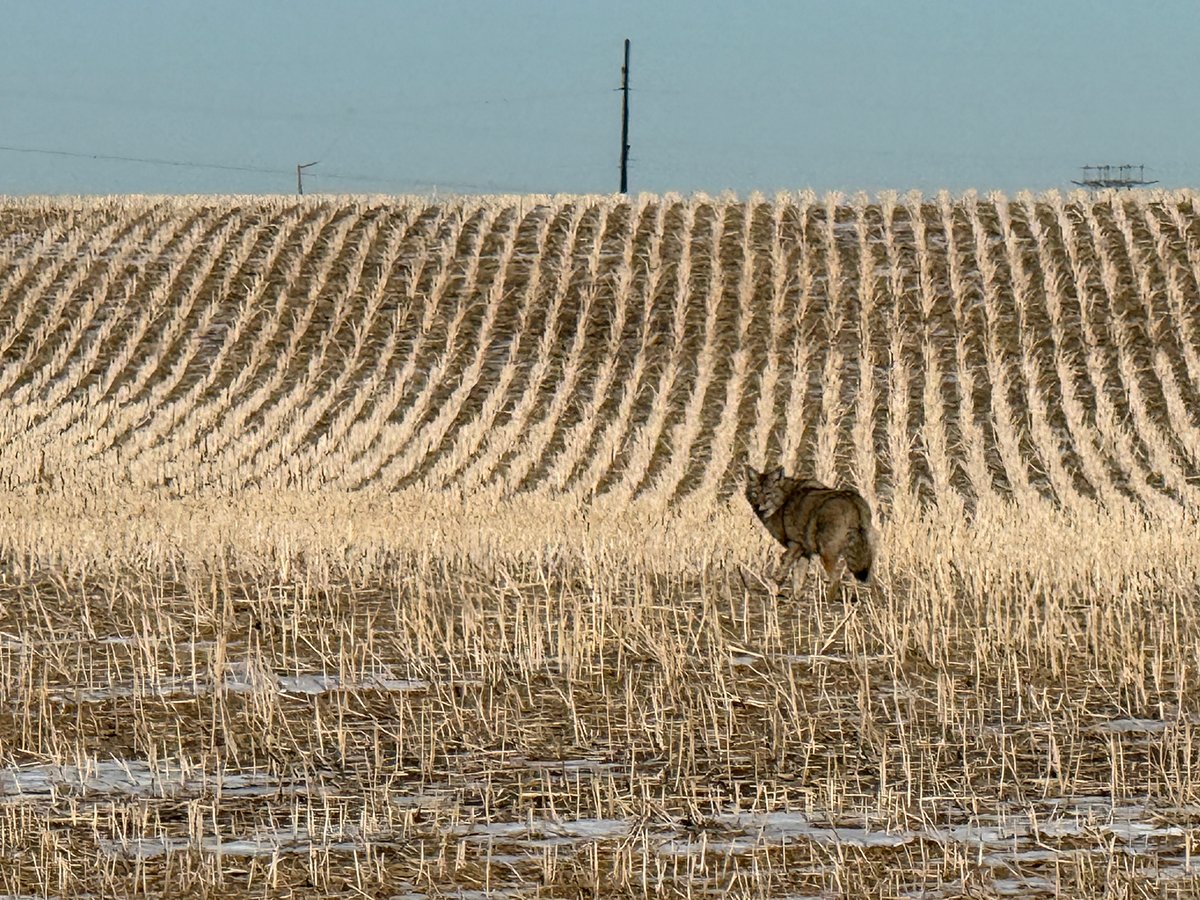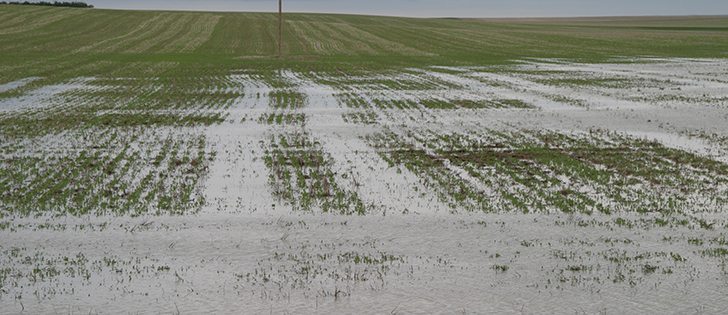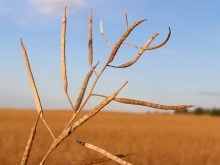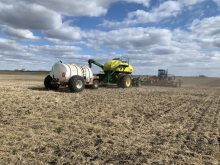North Dakota seeding delayed | Some growers in that state may abandon the crop altogether after weeks of rain
The U.S. durum crop is going to be smaller than anticipated, which should put upward pressure on prices throughout the summer, says an industry analyst.
Excessive moisture has prevented farmers from seeding the crop in a timely manner in North Dakota, which was supposed to plant almost two-thirds of the country’s durum.
Seeding was 78 percent complete as of June 10, up from 52 percent the previous week.
Jim Peterson, marketing director of the North Dakota Wheat Commission, doubts one-quarter of the crop was put in the ground during a week in which there were three plantings days.
Read Also

October proved warmer than average
We are going to take a quick look back at how October shaped up across the Prairies — are we already seeing the forecasted winter weather pattern developing?
He suspects some growers have abandoned the crop, which has artificially inflated the seeding completion number.
Peterson is forecasting his state will fall 300,000 acres short of the U.S. Department of Agriculture’s forecast of 1.1 million acres.
Farmers in Montana were 91 percent complete as of June 10. The USDA is forecasting 480,000 acres for that state, but it too will likely fall short of expectations.
Peterson thinks the total U.S. durum crop will likely end up 350,000 acres under the USDA’s estimate of 1.75 million acres, which should bolster prices.
Buyers are offering $7.75 to $8.25 per bushel for September milling durum in the northwest portion of the state, where farmers are having difficulty seeding the crop. That is a 50 cents to $1 per bu. premium over spring wheat futures.
Peterson thinks the premium will widen this summer as millers and exporters come to grips with a crop that could be 18 to 20 million bushels smaller than expected, which is one year’s worth of U.S. exports.
“(Buyers) are still working on the carryover stocks and really not speculating on how tight things could get this fall,” he said.
Peterson expects good demand for the crop from North Africa and Europe.
Morocco’s wheat and durum crops are in good condition. The USDA is forecasting 5.9 million tonnes of total production in 2013-14, which would be one million tonnes more than the previous five-year average.
The USDA is forecasting 2.7 million tonnes of wheat and durum imports from Morocco, down from 3.3 million tonnes in 2012-13.
Peterson said a poor crop in Algeria, which will require higher-than-usual imports, will offset the good crop in Morocco.
Europe has a decent-sized crop, but there was too much rain at the tail end of the growing season.
“We’re starting to hear more rumblings of concerns over quality,” he said.
Statistics Canada is forecasting 5.1 million acres of Canadian durum production, up nine percent from last year.
That could result in a big but not record crop, and Canada had historically low carry-in stocks heading into planting. It could be tough for the crop to hold its protein if the weather remains wet and cool.
Peterson is bullish on durum prices but notes its price is tied to corn and wheat. Forecasters expect a record world wheat crop and a record U.S. corn crop.
“If there is pressure in those others, it’s difficult for durum to be an island, but certainly not impossible,” he said.
“It has proven that historically durum prices can move on their own into some pretty good premiums if production concerns warrant it.”
















